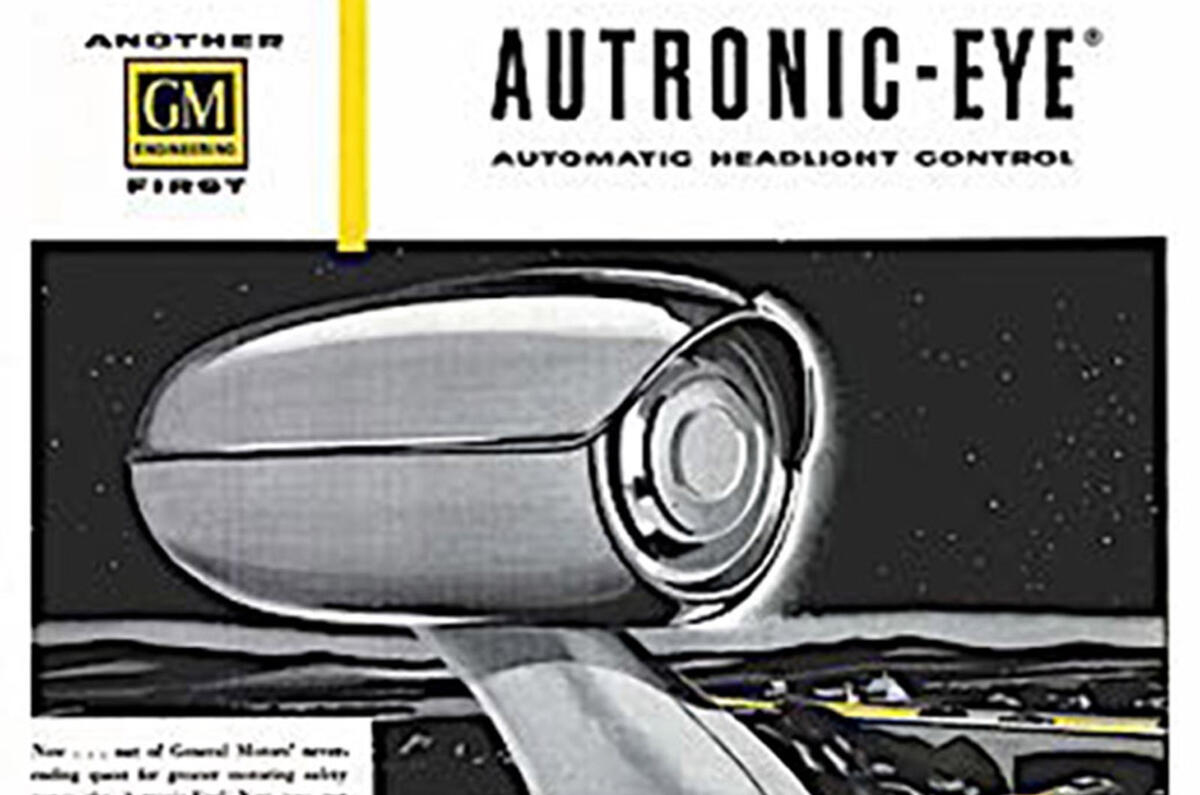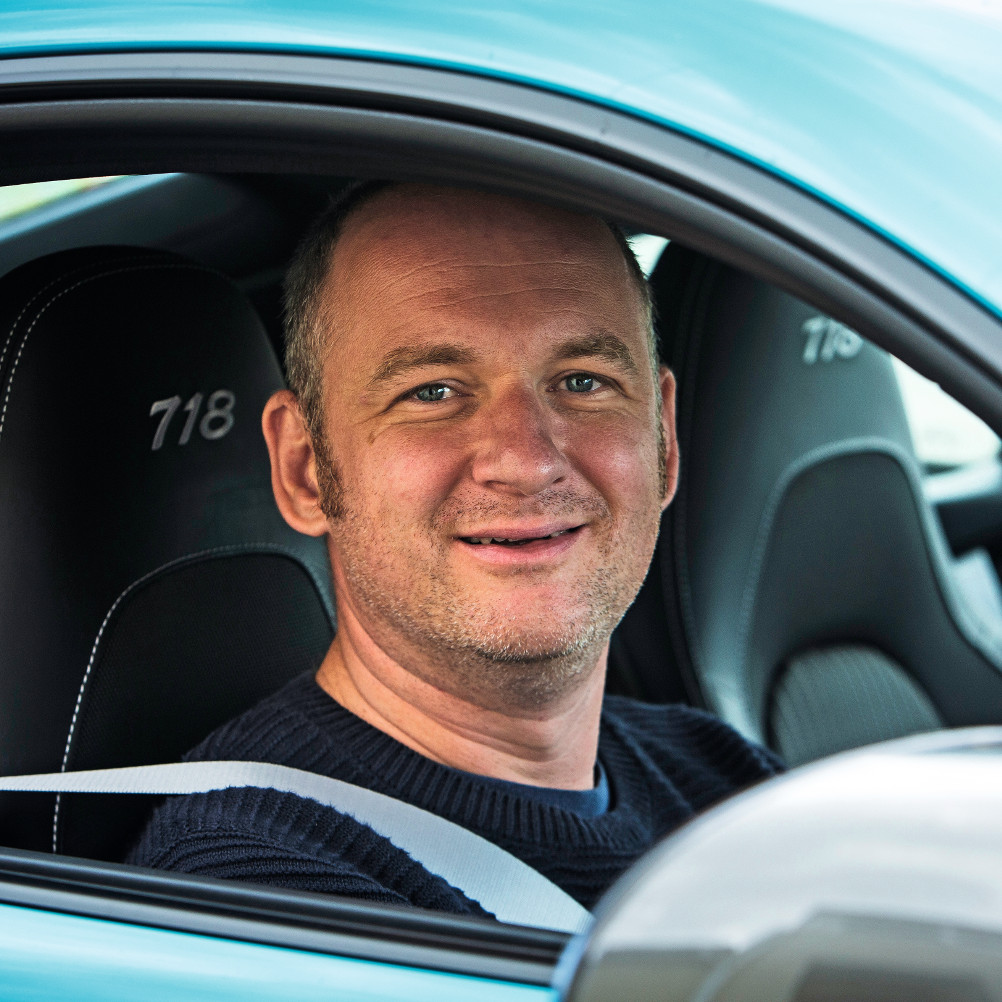It’s often said there’s nothing new under the sun, and that’s as true in the automotive world as anywhere else. We’re constantly being dazzled with the latest tech, but it only takes a quick flick through the history books to discover that much of what’s ‘new’ has actually been seen before – often decades ago.
Here we look at 10 relatively recent innovations and find out just how fresh they really are. Plus we note five engineering inventions that promised to transform the way we drive, before pretty much disappearing without a trace. So dig in for a little motoring déjà vu.
Hybrids

The Toyota Prius was arguably the car that kick-started this revolution in 1997, although Alfa Romeo and Audi were experimenting with hybrids in the 1980s. Yet this system is almost as old as the car itself, with the Ferdinand Porsche-designed Lohner-Porsche Mixte making its debut in 1900. Drive was by a pair of hub-mounted electric motors, which were powered by batteries charged by two De Dion-Bouton petrol engines. The arrival of the Ford Model T made this heavy and expensive propulsion system redundant for nearly a century.
Air conditioning



















































Join the debate
Add your comment
Was this article sponsored by
Was this article sponsored by Porsche, VW and Apple ? -
The proportion of twin clutch autos one the road comapred with conventional slushmatics is pretty low, so its not really true to say "Porsche was instrumental in creating modern transmissions", especially considering that most of the efficiency advantages disppeared after the first few years and more efficient conventional autos with 8 - 10 speeds turned up.
The UK had its taste of stop/start not from VW but from Fiat with their City-Matic system fitted to the Regata from 1983.
The Apple iphone was neither the first touchscreen phone, nor the first finger orientated touchscreen phone and it wasnt the first smartphone either.
Think you need to work harder on your research, James, or stop taking payments from large companies to re-write history.
Interesting to know how many
I remember the Fiat Regata ES...
... had a start-stop system in the early-mid 80s. An intentional one that is - the rest of the range had it too, but not by design...
Pretty sure the modern dual
Pretty sure the modern dual-clutch gearbox debuted in the Audi TT, no?
Not according to my cursory delvings
I thought it debuted in an